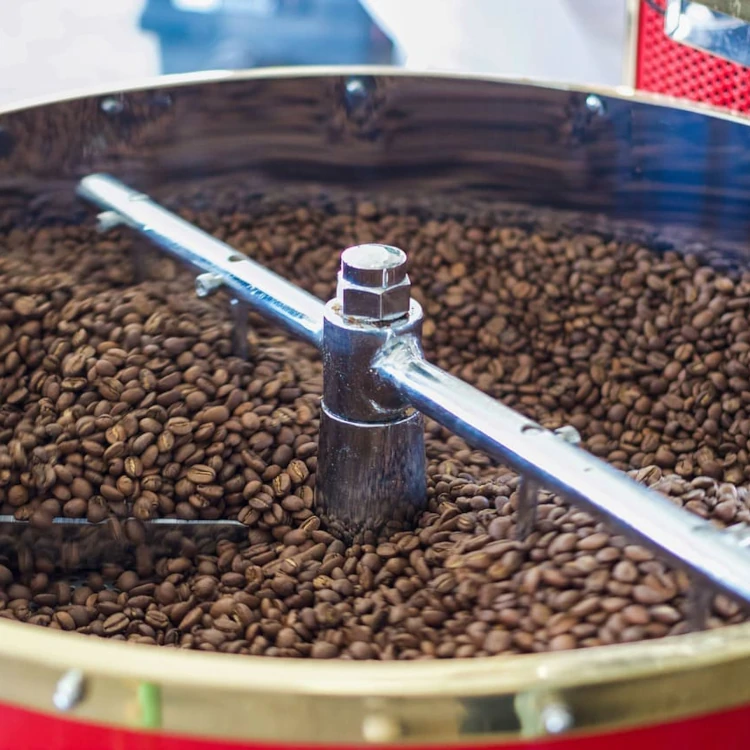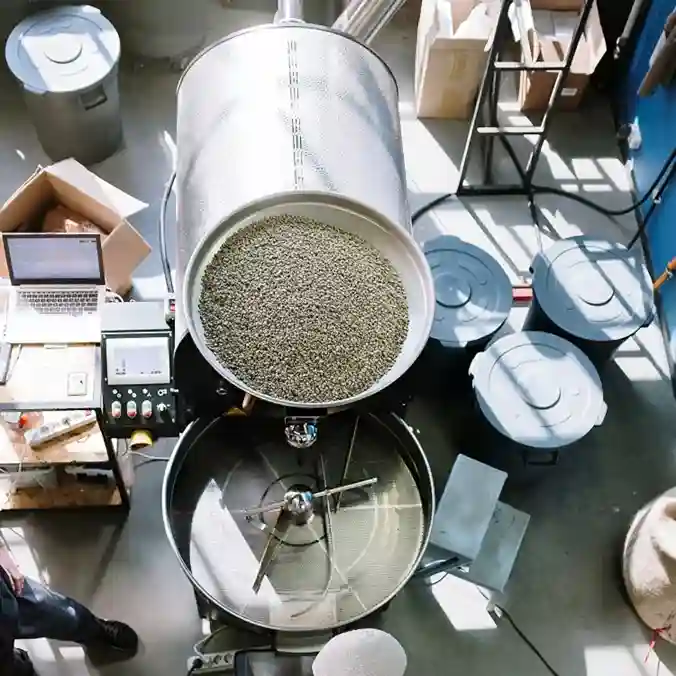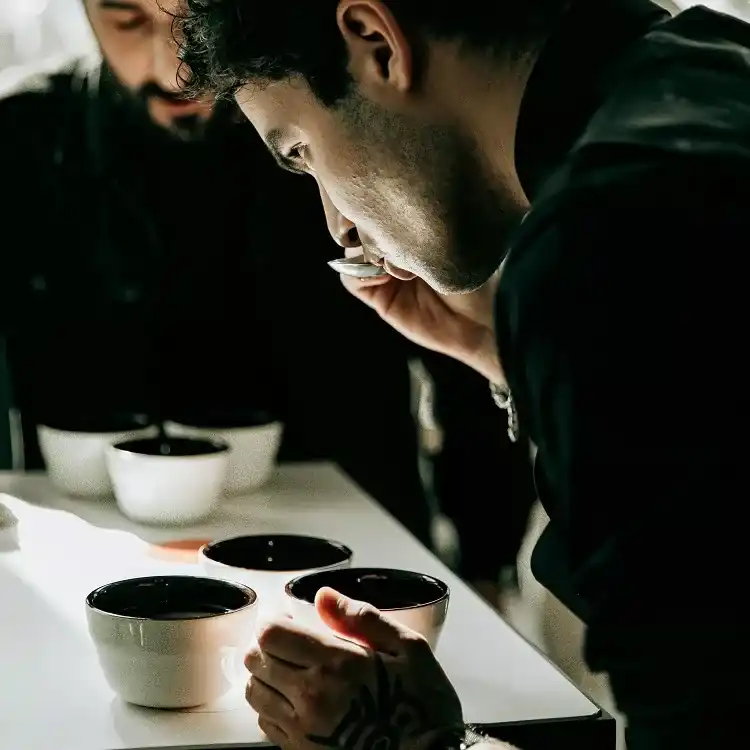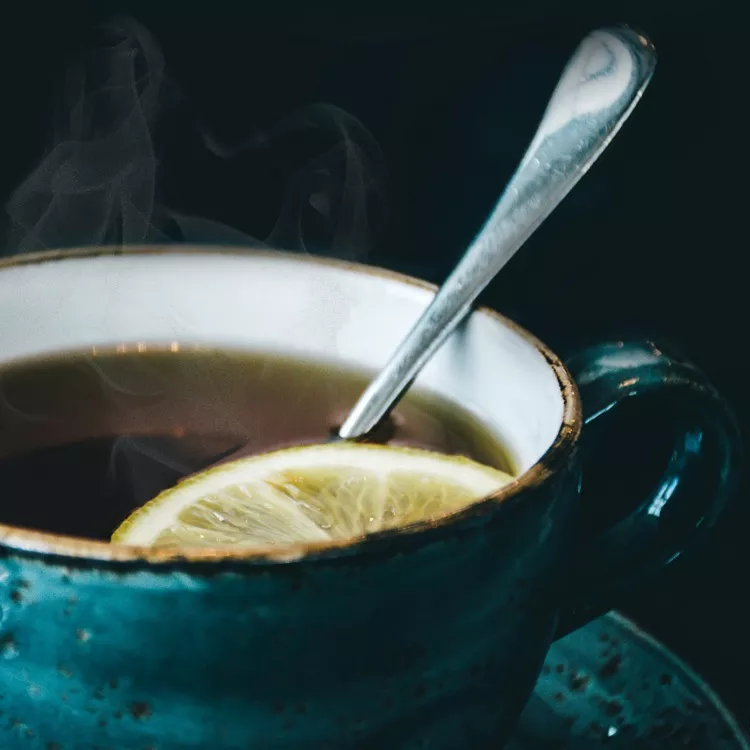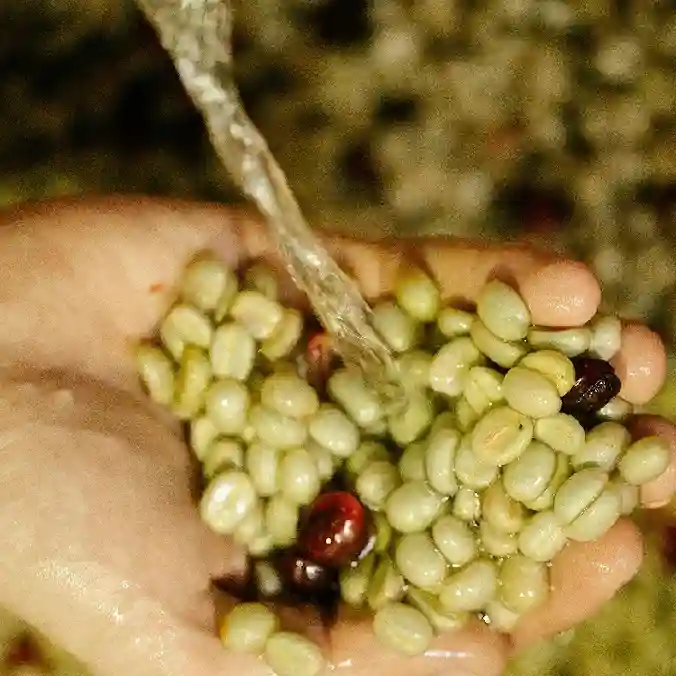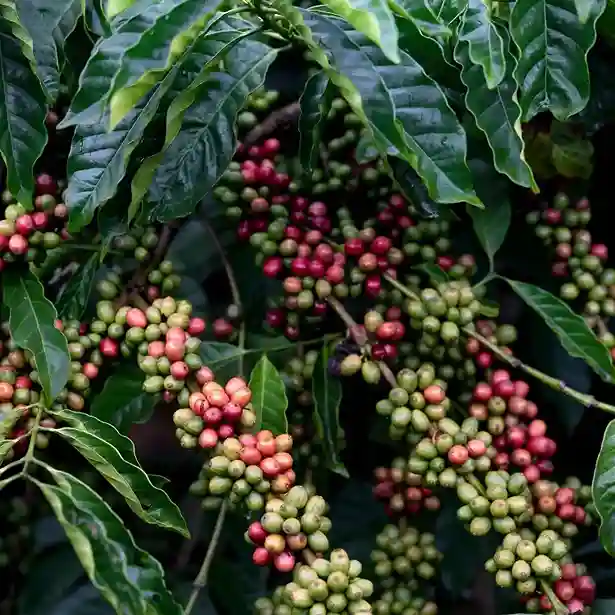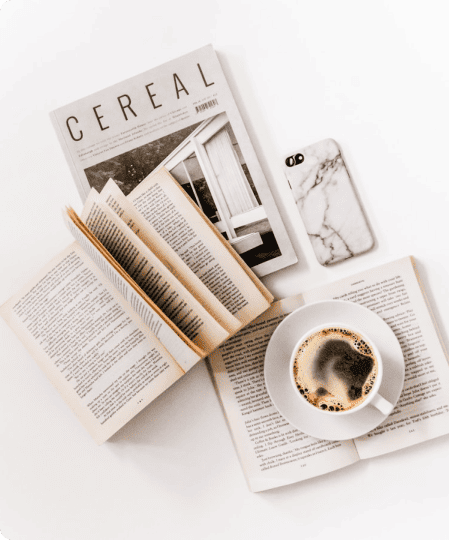Roasting coffee for espresso and the alternative. Is there a difference?
Of course, there are different roasting styles and it is wrong to assume that espresso requires dark roasting and filter roasting requires light roasting. Personally, I do not roast coffee to a dark roast because I work with high-quality raw materials and compare the primary parameters of the grain before roasting, such as its temperature, density, and humidity. Based on this, I think over the roasting profile, and this is, of course, more complicated than simply roasting the grain to a dark state. I consider this approach to be the most reasonable, in terms of maximum transfer of the taste and aromatic qualities of a particular coffee, from a specific country and individual regions.
The average consumer thinks that dark roast coffee has better body and is sweeter. But people who work in the coffee industry know that dark roasts can be completely devoid of sweetness and flavor.
Dark roasting is usually just a way to hide defects that are present in the coffee.
If you roast coffee beans correctly, then taste them, describing their flavors and characteristics, you can accurately determine the best preparation method that will maximize their flavor and aroma properties.
Thinking about the right roast – coffee beans from different countries, regions, and harvests do not react equally to the influence of temperatures. The tone of the beans depends on the temperature at which we develop them *. That is, coffee can be properly roasted and have both a light and a dark shade.
It is important to remember that the “development” of the grain is an increase in its “solubility”. You are simply making the grain more soluble. Remember that the grain is “cooked” from the outside in. The grain itself inside is made up of “threads” of cellulose, woven into a web and forming cells. Each grain has about a million cells. The cellulose is covered with oils and solids. The better our grain is developed, the more porous and fragile the cellulose becomes. And the better our grinding.
The difference is there, but not so much in the roasting, but in the roaster’s understanding of all the properties of the grain he is working with.
How do alternative coffee making methods differ from espresso?
Different brewing methods require different degrees of grinding: a finer grind is used for espresso, a coarser grind for alternative.
But grinding does not change the content of flavoring substances in coffee; grinding only changes the extraction time, that is, the “extraction” of these substances from coffee.
What, in my opinion, makes the alternative radically different from espresso is that with a large grind and an increased extraction time, we can extract more from the coffee than in the case of espresso (short extraction).
In the alternative, all the flavors and aromas, as well as the defects present in the grain, are always felt most clearly and purely.
Can the quality of coffee be determined by the color of coffee beans?
The color of roasted coffee in a packet is not an indicator of taste. The main thing is what result we get in the cup. When choosing coffee, the best option would be to ask the roaster or barista for advice.
Local roasters and coffee shops place recommendations on the coffee package for its preparation, based on the results of cupping.
If you want a pure coffee taste in your cup, not charcoal, and you are consciously approaching this drink, then I advise you to buy beans not in the supermarket, but in your local roasteries . Small roasting companies focus primarily on the taste of coffee, and only then on making a profit.
Which brewing method best reveals the flavor of coffee?
I perceive espresso coffee as a small alternative. If we compare it with literature, then espresso is a short description of the work, an excerpt of the most interesting. Espresso always has density, a balance of sweetness, acidity and bitterness. It is in this short version that I read this book about coffee. An alternative for me is always a whole unfolding story, a story about the time of a long journey and the life of a coffee bean.
I want to draw your attention once again that if we are talking about high-quality grain, then it makes sense to roast it and try it in an alternative way to experience all its beauty.
Thus, after roasting, all coffee must be tasted, broken down into descriptors, and described. Only after all these complex procedures can we understand what it is best suited for and at what temperatures to prepare it.
